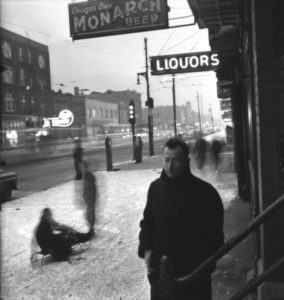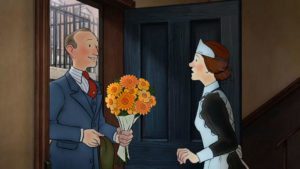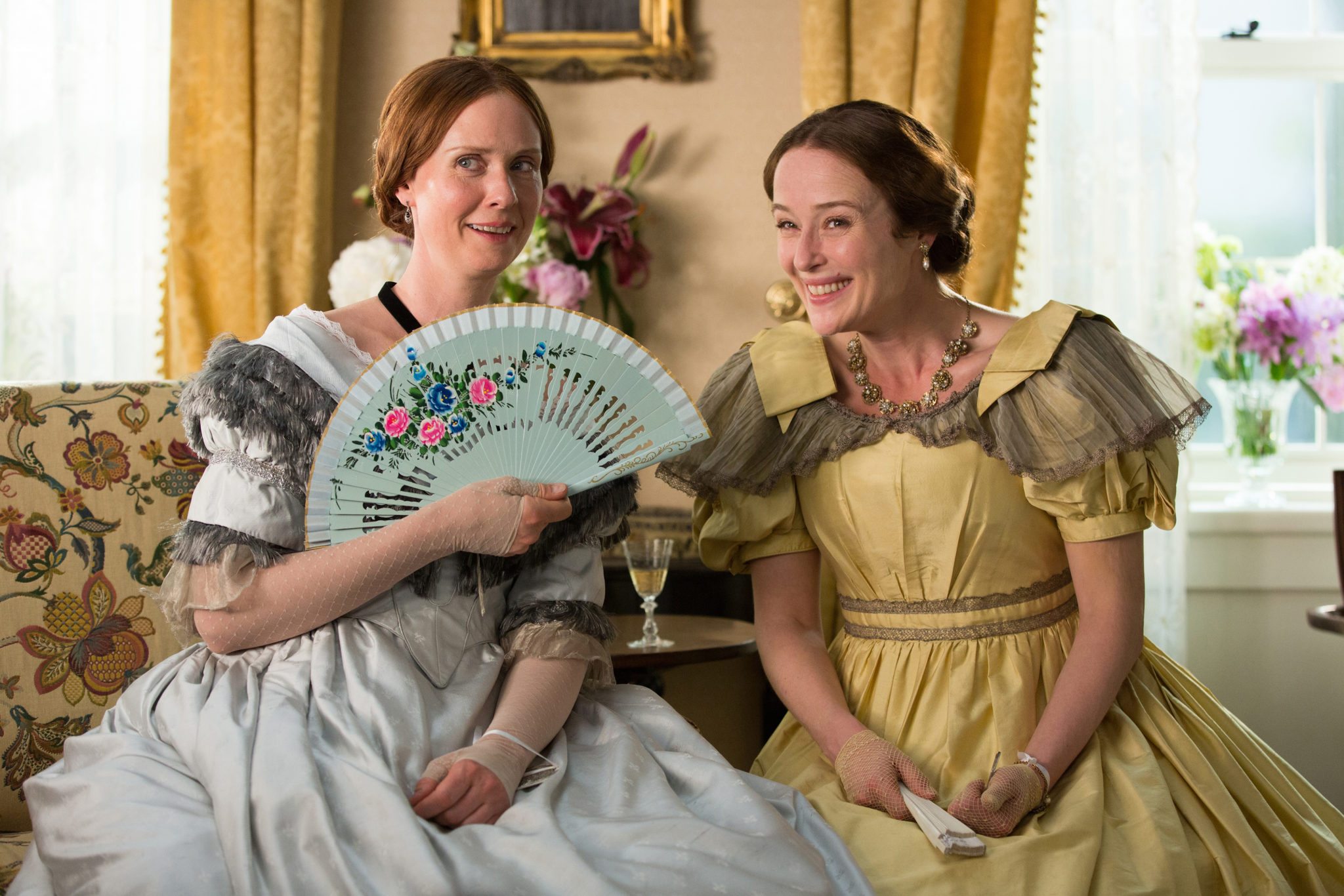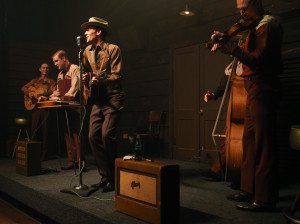Three Rules of Life: Never play cards with a guy named Doc. Never eat at a restaurant...
biography
Roald Amundsen is probably best known as the polar explorer who beat Robert Scott to the South...
He was called ?the Conscience of the Nation.? He was the advisor and friend of Presidents of...
The Disaster Artist tells the story of Greg Sistero (Dave Franco), an aspiring actor who dreams of...
?There was nothing extraordinary about my Mum and Dad. Nothing dramatic. . .. But they were my...
?The whole of life, already framed, right there.? It?s hard to assign Maudie to any one genre....
While watching A Quiet Passion I was struck by how well Emily Dickinson (Cynthia Nixon) would fit...
Hank Williams has been inducted into the Country Music Hall of Fame, the Songwriting Hall of Fame,...
Early in Janis: Little Girl Blue, we hear Janis Joplin talking about ambition and reducing it to...













